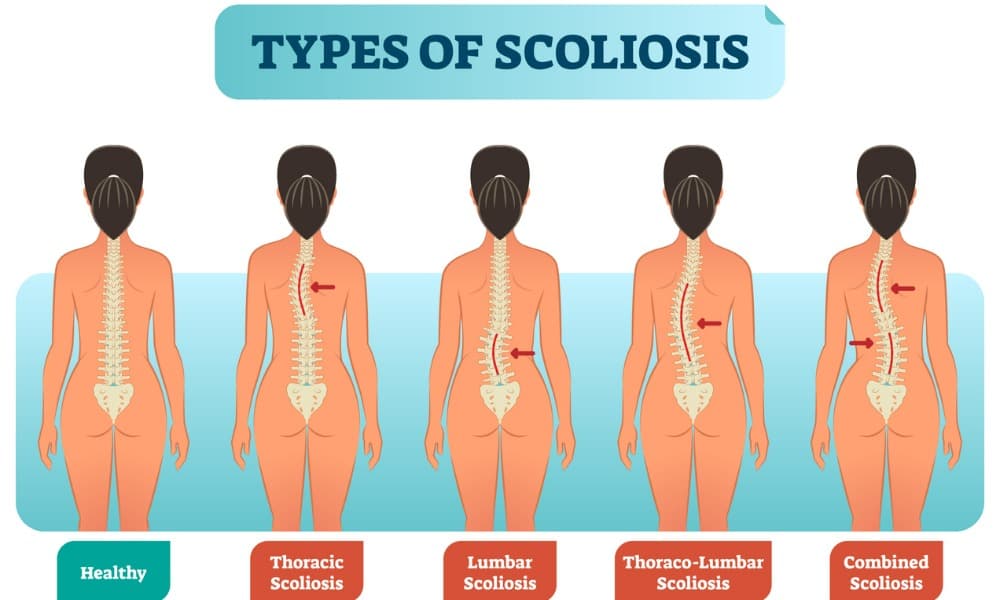Many Americans struggle with this psychological condition which can have lifelong effects. Learn more about its triggers, symptoms, and treatments.
Post-traumatic stress disorder (PTSD) is a psychiatric condition that affects an estimated 3 million people every year. The U.S. Department of Veterans Affairs states that there are currently around 12 million Americans living with PTSD. This figure includes people of all ages from all walks of life, not just military personnel.
In honor of National PTSD Awareness Month in June, here’s a comprehensive look at this all-too-common condition, including its triggers, symptoms, and treatments.
Is PTSD a chronic condition?
According to the CDC, a chronic condition is one that lasts for a year or longer, requires ongoing medical attention, and possibly limits the patient’s daily activities. There may also be a long latency period, meaning the individual may not feel the effects of their condition for some time after its catalyst. Chronic conditions are often treatable, but incurable.
PTSD is caused by experiencing or witnessing a terrifying and/or disturbing event. There are numerous symptoms of PTSD:
- Sleep disorders
- Emotional dysregulation (feelings of fear, anger, guilt)
- Depression and anxiety
- Social detachment
- Hallucinations
- Reckless behavior
- Hypervigilance (caused by an ongoing sense of threat)
- Nightmares and flashbacks
Exposure to multiple traumatic events or to repeated instances of the same kind can result in complex post-traumatic stress disorder (CPTSD), which shares some symptoms with PTSD while including further mental and emotional problems.
PTSD can manifest within weeks of a traumatic experience, or it may be years before it takes effect. The condition has four recognized phases: impact (the first sign of symptoms), rescue (coming to terms with the triggers), intermediate recovery, and long-term reconstruction. PTSD is therefore classed as a chronic condition with symptoms that can persist long-term if not properly treated.
Like all chronic conditions, PTSD can lead to other problems if left unaddressed. The nature of the condition may also lead sufferers to self-isolate or become paranoid and/or hostile due to living in a constant state of stress and alertness. Any of these symptoms can create a negative cycle that effectively blocks PTSD sufferers from receiving the support of friends, family, and medical professionals.
Commonly prescribed treatments for PTSD
It’s very important for those experiencing symptoms of PTSD to seek advice from a doctor. A medical professional can recommend strategies that might improve their mental health and in turn, their holistic wellbeing. There are a number of treatments available to help people with PTSD manage their symptoms and reclaim their quality of life.
Cognitive behavioral therapy (CBT) aims to help patients confront their negative thoughts and behaviors and recognize harmful patterns and their associated effects. This recognition lets patients challenge the negative cycle and start replacing painful thoughts and habits with new, more positive ones. This builds the foundation for a healthier inner dialogue and improved interactions with others.
Medication may be used exclusively or as a complement to other treatments. Fluoxetine, sertraline, paroxetine, and venlafaxine are commonly prescribed for PTSD. The first three are selective serotonin reuptake inhibitors (SSRI), which can be beneficial in treating some symptoms of PTSD like depression and anxiety. Venlafaxine is a serotonin-norepinephrine reuptake inhibitor (SNRI), which can be used to similar effect on a case-dependent basis.
Prolonged exposure (PE) therapy is a branch of CBT used to help PTSD patients slowly and consistently approach their traumatic memories and feelings. It helps counter the psychological and emotional avoidance used by many PTSD sufferers to prevent reliving the negative events and sensations that caused their condition. This avoidance only prolongs the fear and delays recovery. PE helps to reassure patients that they don’t have to run away from PTSD triggers.
The human touch for PTSD management
Support groups are a proven way to help sufferers of chronic conditions feel less alone with their problems while building valuable social connections. The National Alliance of Mental Illness (NAMI) can be contacted via email at [email protected] or by phone at 1-800-950-6264 to help find support and resources. Psychology Today offers a quick and simple way to find local support groups, while Healthline has compiled a list of five of the best online support sites.
The National Institute of Mental Health (NIMH) offers further resources, which are also useful for friends, family members, and organizations seeking to promote better PTSD awareness. Among other offerings, the NIMH provides information on helping children and adolescents cope with traumatic events, as well as digital shareables that help websites and social media campaigns spread the word online about PTSD and its treatments.
Remember, June is National PTSD Awareness Month, so look out for teal-colored ribbons symbolizing support, or for the military veteran PTSD ribbons, which are yellow and black.
Join ModRN Health to make medical expenses less stressful
Dealing with any chronic illness is stressful enough without also worrying about the cost. That’s why we’re devoted to saving our members money and time by helping them locate more affordable prescriptions at nearby pharmacies. Using ModRN Health’s price comparison tool can help you save up to 80% on your usual prescription expenses, which could amount to hundreds of dollars each year.
ModRN Health isn’t insurance, but even those who already have medical coverage can benefit from finding discounted prices that may cost less than your copay. You can also treat yourself via our Rewards Program, which lets you earn points toward gift cards at various locations. Sign up for your free account today.








